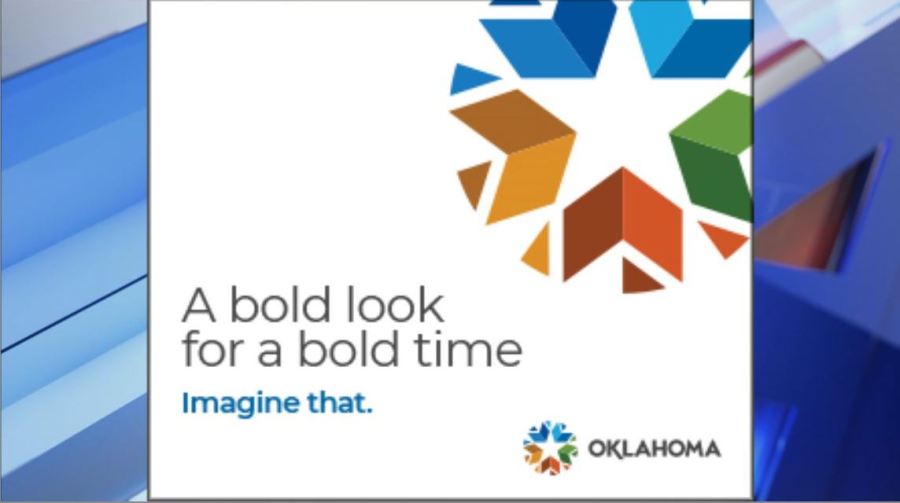|
About 200 marketing and creative types gathered last August in Oklahoma City to start the process of giving Oklahoma a new look. It was a hard sell at first. People sat with arms crossed holding back some cynicism and started venting about the ills facing the state, from underfunded schools to high incarceration to frustrating politicians. Then Tulsa’s Blake Ewing raised his hand. “People wanted the chance to complain about the parts of Oklahoma not worth bragging about,” Ewing recalled. “I brought up that Nashville had bad public transportation. It’s not good, and they constantly fight over it. But the Nashville brand is Music City. They didn’t brand themselves Music City with Terrible Public Transportation. They have a good brand. “That’s what marketing is. It makes a compelling case for the unique attributes you have that are worth seeing. We’ve got so much good here worth sharing.” Ewing — the creative director of OKPOP and a member of the Tulsa World Community Advisory Board — changed the tone of the room. “That was a productive day,” Ewing said. “After that beginning — and even I was one of those sitting with my arms crossed — we said, ‘OK, let’s now start talking about what is great about us.’ We started engaging about those things with themes rising to the top. We worked hard to distill our thoughts about what gets at our personality traits of Oklahoma and things that make us proud to be Oklahomans.” Lt. Gov. Matt Pinnell led the effort to update the Oklahoma image. He argues that selling a state’s bright spots can go hand in hand with improving the troubling areas. “I’m a big believer in marketing in that if you do not invite people to a state, they will not come,” Pinnell said. “If you don’t court people to a state, they will not come. To court people, you have to make an investment. There are things we are fixing at the state Capitol at the same time. “At the end of the day, it comes down to sales. We can sell our positives while tackling the barriers we have in the state. It’s frustrating when a city or state runs short of money, the first thing they cut is marketing. That’s counter-productive. That’s the one thing reaching out in a positive way.” Last week, Oklahoma officials unveiled the state’s new image: a white star surrounded by multi-colored chevrons and the tagline “Imagine that.” Opinions heated up quickly. Imagine that. And there’s the punchline. The tagline is usually used as a sarcastic response, so it’s a risky move. Pinnell sees it differently. “It is all in how you use it,” he said. “I would describe it as a little bit of a swagger in the way we would be using it.” Think of being in a busy Dallas airport and seeing a photo of wide, open roads and the saying, “Oklahoma has 20-minute commutes. Imagine that.” Or billboards showing the innovative urban park of the Gathering Place. “America’s No. 1 new attraction is in Oklahoma. Imagine that.” Thousands of taglines were considered. Research involved responses from 13,000 online surveys and information from the volunteer group. It was noted that new visitors are usually wowed by tourism offerings and say, “I never knew Oklahoma had …” That sentence ends with anything from hiking and canoeing to the Bob Dylan archives and tribal attractions.  The Canadian firm We Are Operative was paid about $259,000.00 to manage the project. It did not provide creative services. Of that, $100,000.00 was donated by the MidAmerica Industrial Park in Pryor and the Chickasaw Nation, and the Oklahoma Business Roundtable provided about $30,000.00. Pinnell said officials wanted to get a consensus among Oklahoma marketing experts rather than choosing one. “We were very sensitive to the buy-in we wanted to have from Oklahomans,” Pinnell said. “To pitch to them we wanted their public service then select an Oklahoma company, I didn’t believe that would be very genuine. We wanted to be open and honest with why we went with who we went with.” The brand is being implemented across agencies with an eye toward redesigning web pages for better access and easier-to-understand navigation. The state hired a brand manager at a salary of $100,000.00. State funds for the project and new position are coming out of the existing budget of the Oklahoma Department of Commerce. “We’ve been through this before. Anyone who likes it isn’t going to send email or comment. People who like something will like it and go on. So we are only hearing from people who don’t,” Ewing said. “It’ll be like the Nike logo. We don’t have to explain its meaning or simplicity. That’s what this will become, too.
0 Comments
|
BLOGArchives
January 2025
Categories
All
|
